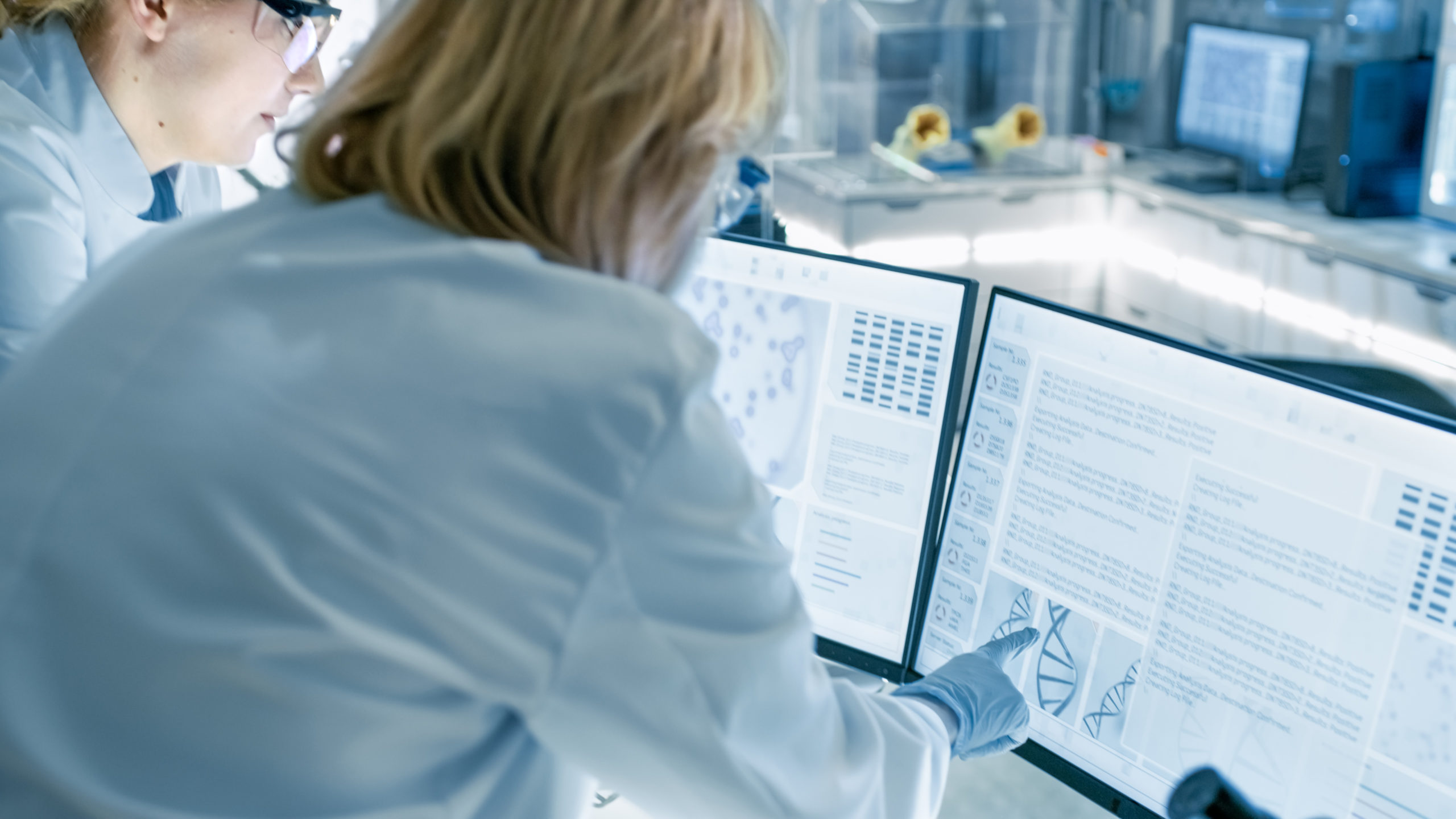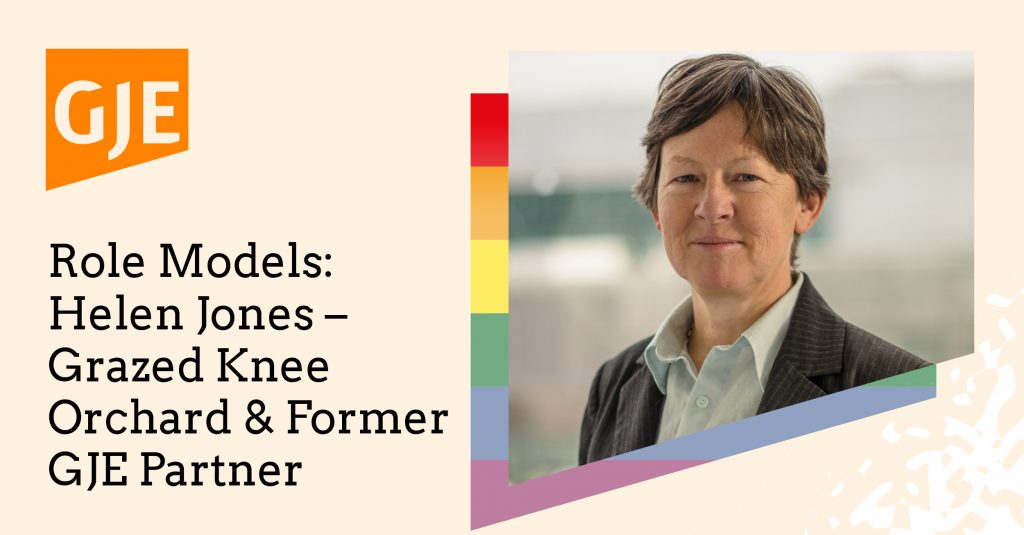
As we found in the first part of this two-part series, timing is everything when it comes to filing a patent application. Filing too early may mean your application may lack the essential evidence to support your invention. But can post-filed data resuscitate your chances of a patent?
In recent years, it has become important to be able to demonstrate that an invention really achieves what the patent application asserts. This is particularly relevant for innovation in the chemical and life sciences sectors, where data is often fundamental to proving that a scientific theory is sound. The concept of plausibility in relation to inventive step (i.e. a credible benefit of the invention) originates from a response by patent offices to overly-broad claims, and attempts to prevent speculative claiming of inventions that have not yet been tested.
Proving the benefit – plausibility of inventiveness
To be awarded a patent, you must contribute to the knowledge of the relevant technical field. You must solve a technical problem in an inventive, non-obvious way. This prevents people from obtaining patents for obvious variants of products and processes. But what evidence is required to demonstrate that a solution has been achieved?
In the medical and life science sector it is not essential that a patent application contains data. However, it is data that often demonstrates that a particular technical effect may been achieved. It is not enough to assert that you have a cure for a particular disease. You often need verifiable evidence that supports a sound scientific theory. Without evidence of a technical effect, patent offices are likely to question whether it is plausible that your invention actually works.
It is common to be asked “how much” and “what type” of data is required to render an invention plausible to a patent examiner. This largely depends upon the nature of the invention and its proximity to known products and processes. In addition, one must balance the time it would take to generate data with the “first-to-file” nature of the patent system.
The type and amount of data in the application may have an effect on the ultimate scope of the claims. For example, a common pitfall arises where a generic claim is proposed, but supporting evidence is based on relatively few specific examples. For instance, it may not be plausible that biological data presented in an application for a subset of potential pharmaceutical compounds may be extrapolated to support a broad (and perhaps speculative) claim covering less structurally-related compounds.
If the benefit of your invention is not rendered plausible by the content of the application, then said benefit cannot typically be taken into account for the assessment of inventive step. This may lead patent offices to ignore the alleged technical effect, increasing the likelihood of the invention being obvious.
Post-published evidence
Post-published evidence, i.e. data provided after filing the application, may be used to support an inventive step. However, it cannot cure a lack of plausibility inherent to the initial filing. For instance, take a patent application containing data showing that members of a genus of potential drugs have a certain chemical or biological property. A well-founded scientific reasoning (such as a common structure that docks with a target receptor) could make plausible the extrapolation of the data to all members of that genus. Post-published evidence could be used to prove that the scientific reasoning was correct and that all members did have the property.
Conversely, a mere assertion set out in a patent application that the members have the property, without any kind of plausible scientific reasoning, cannot be substantiated by post-published evidence. This assertion may lack plausibility even in view of post-published data proving that the property was present. In other words, if the post-filed data is the first information which renders the invention credible, then it cannot be used to correct its omission from the patent application.
The line between a plausible invention and a mere assertion is based on the facts of the case – it is often blurred and imprecise – so it is important that your patent application contains enough information or data to make it credible that your invention exhibits the asserted benefit. The following case studies highlight how a lack of plausibility can be terminal for a patent.
Case Study One: GDF-9/John Hopkins – European Patent Office – T 1329/04
An invention in a patent application must solve a problem and not just suggest that a problem exists. In this case, a polynucleotide encoding a polypeptide, growth differentiation factor-9 (GDF-9), was considered by the applicant to be providing to the public an isolated further member of the TGF-β superfamily. This was the problem addressed by the patent application in view of the prior art. However, the application did not disclose that the claimed polypeptide had a key structural feature that served to establish whether or not a polypeptide is a member of the TGF-β superfamily. That characteristic relates to the location of seven cysteine residues that heavily contribute to the tertiary structure of the polypeptide and therefore its activity. Further, the application provided no convincing data that GDF-9 plays a similar biological role to other members of TGF-β.
As a result, it was not plausible, based upon the information in the patent application and common general knowledge, that GDF-9 was a member of the TGF-β superfamily. This was despite the applicant providing post-published evidence establishing that GDF-9 was a growth-differentiating factor. In this case, the new data could not resolve a plausibility/sufficiency deficiency present in the application as filed.
Case Study Two: Pregabalin/Warner-Lambert – UK Supreme Court – [2018] UKSC 56
Mere assertions in a patent application cannot be made plausible by later-filed evidence – no matter how convincing that evidence may be. Warner-Lambert was the owner of a UK patent that claimed the use of pregabalin in the treatment of neuropathic pain, and in particular both central and peripheral pain. The original application contained data that showed pregabalin could treat peripheral pain, but it did not contain data or other evidence that made it credible that pregabalin may be able to treat central neuropathic pain – which turned out to be a commercially important indication for Warner-Lambert and its parent company, Pfizer. Only after the filing date of the patent was pregabalin proved to be effective against such central neuropathic pain. The post-published data could not remedy the fact that the application did not make plausible that pregabalin could treat central neuropathic pain and the patent was revoked.
If you would like more information on how post-published evidence may impact your case, or have any questions in relation to the matters discussed in this article, please find my contact details on my website profile here or contact us at gje@gje.com.

